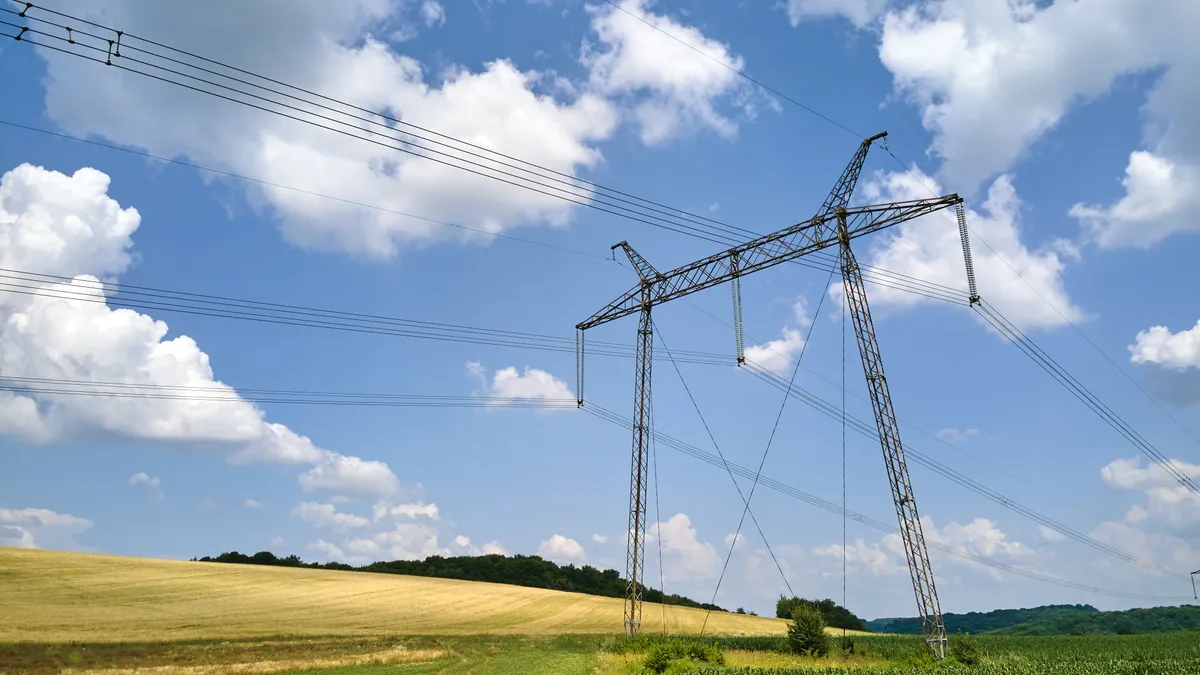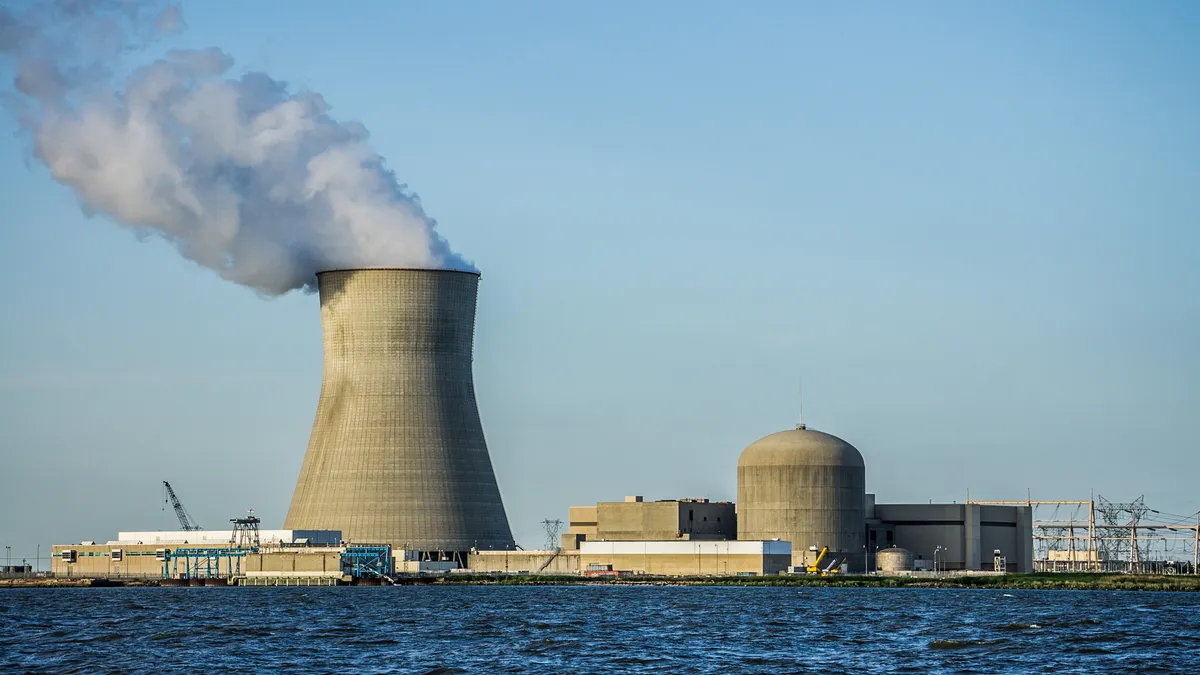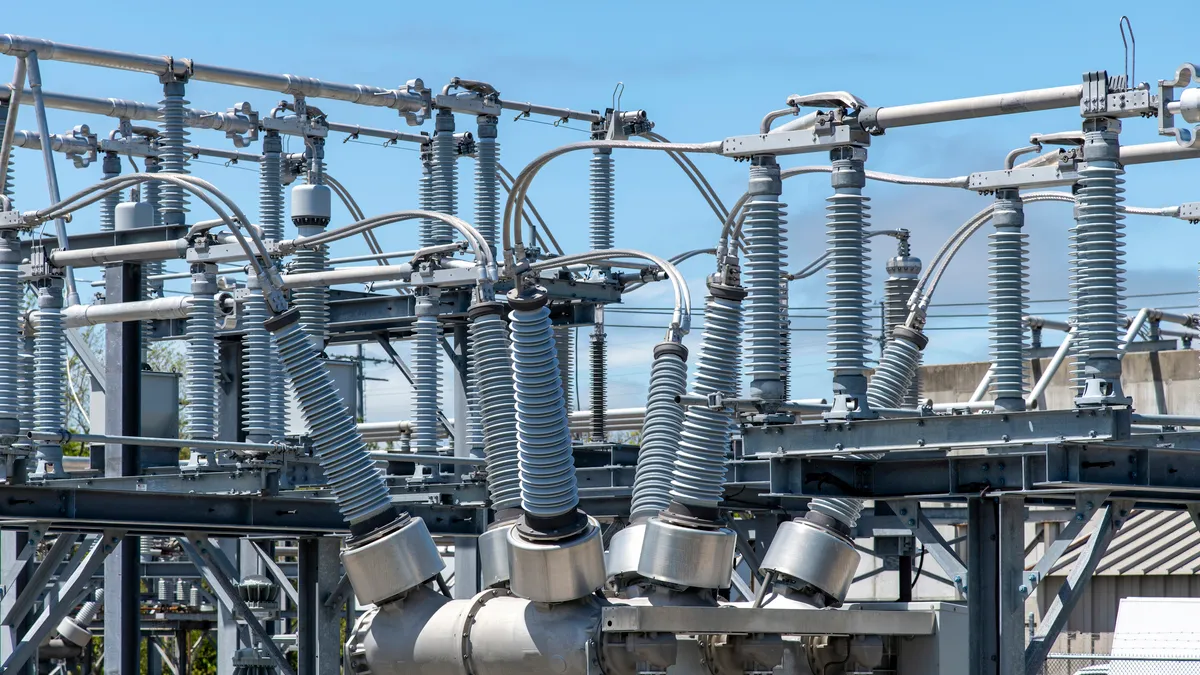MidAmerican Energy’s influence is slowly beginning to make utilities in the Western Interconnect think about a regional Energy Imbalance Market.
Case in point: NV Energy, recently purchased by MidAmerican, has filed with the Nevada PUC to voluntarily participate in the regional energy imbalance market (EIM) agreed to last year by California’s grid operator and PacifiCorp, the Pacific Northwest utility owned by MidAmerican Energy.
MidAmerican Energy is a subsidiary of Warren Buffett’s Berkshire Hathaway. In an EIM, utilities can “accurately balance many resources across a modernized grid dispatching through interconnected systems and automated tools,” Buffett wrote when PacifiCorp's participation was announced.
Plans for an EIM to link the entire Western Interconnection are being developed by a Public Utility Commission Energy Imbalance Market (PUC EIM) Working Group, Buffett added. It is made up of representatives of many of the 39 western balancing authorities, the Western Governors Association, multiple stakeholder groups and independent agencies, and researchers from the DOE labs.
“We continue to support ongoing regional discussions that will eventually lead to much broader, region wide coordination, and we’re hopeful participation by PacifiCorp and NV Energy will help facilitate these broader efforts,” said MidAmerican VP Jonathan Weisgall.
If approved, NV Energy will bring its 1.3 million customers and 40 million yearly tourists into the online marketplace where the three balancing authorities can voluntarily share generation resources to balance supply and demand. It will be initiated in October 2014 by PacifiCorp and the California Independent System Operator (ISO). NV Energy would join in October 2015.
Through participation in that larger marketplace, an NV Energy study showed, it would incur one-time set up costs of $11 million to $15 million and yearly costs of $2.5 million to $3 million. These would come from upgrades to its present hourly transaction capability and from keeping its computer software, metering and telecommunications systems synced to the ISO’s five minute transactions marketplace.
The potential annual gross benefits to NV Energy customers were estimated at $6 million to $9.5 million in 2017 and $7.7 million to $12.2 million in 2022.
The study found NV Energy’s biggest benefits would come from having:
- less “transactional friction” in the five minute marketplace, which will allow more exchange of resources between participants
- more resources available, so that each balancing authority could decrease flexible reserves without risking exposure to unanticipated outages, load forecast errors, or renewables’ variability
- a larger market in which (1) renewables previously curtailed could be exported, (2) costly traditional generation could be replaced by lower-cost imported renewables, and (3) excess traditional generation could be supplied to market partners with unanticipated shortages
There would also be some intraregional dispatch savings for NV Energy due to decreased transmission congestion but this is a bigger concern for other balancing authorities.
Qualitative Assessment of Potential Reliability Benefits from a Western Energy Imbalance Market, a recent FERC paper, identified benefits not in the NV Energy study including improved reliability, enhanced situational awareness, security constrained dispatch, faster delivery of generation to replace expended contingency reserves, and enhanced renewables integration.
Opposition to a west-wide EIM has been led by the American Public Power Association (APPA), a community owned utility alliance. APPA is not working in direct opposition because it has members studying the concept, explained APPA Electric Market Reform Initiative Manager Elise Caplan, but it “remains very concerned.”
“Cost/benefit studies done to date have not clearly demonstrated the value of an EIM to consumers,” according to APPA’s resolution on the EIM. It cites “methodological problems” in many EIM studies and a WECC-commissioned study that found infrastructure and operating costs could outweigh the estimated benefits, “potentially reaching $1.25 billion in net present value terms over the first 10 years.”
The biggest APPA concern, Caplan explained, is “there is a strong potential for an EIM to lead to a Western Regional Transmission Organization (RTO)” and RTOs “have been highly problematic in the Eastern part of the country.” Any potential efficiency gains would be less significant, Caplan added, than “further centralized markets and FERC jurisdiction.”
The Intra-Hour Transaction Accelerator Platform (ITAP), Dynamic Scheduling Systems, greater use of balancing reserves to back-up variable resources, and improved forecasting are better alternatives to a west-wide EIM, according to the APPA resolution. And ACE Diversity Interchange (ADI) and Balancing Authority Reliability-based Controls (BARC) “can help reduce the system control burden associated with maintaining the balance.”
Advocates insist a west-wide energy imbalance market would be balancing mechanism and would not lead to RTO obligation. “It is inaccurate to say that NV Energy is joining the ISO’s EIM,” California ISO Senior Public Information Officer Steven Greenlee stressed. “It is voluntary participation. NV Energy can use the EIM as it needs it. It is not obligated.”
“It was the E3 study commissioned by NV Energy that moved them to commit to participating,” explained Western Grid Group Managing Director Amanda Ormond, a PUC EIM Working Group participant. “Just like PacifiCorp, they were convinced when they saw their own numbers. We don’t need west-wide studies anymore, we need individual balancing authorities to look at the numbers for their own systems and see the value to themselves and their customers.”
PNNW and Xcel are among those closest to following the MidAmerican lead, Ormond said. “With every year that goes by, savings go by," she said. "Inaction costs money.”





















